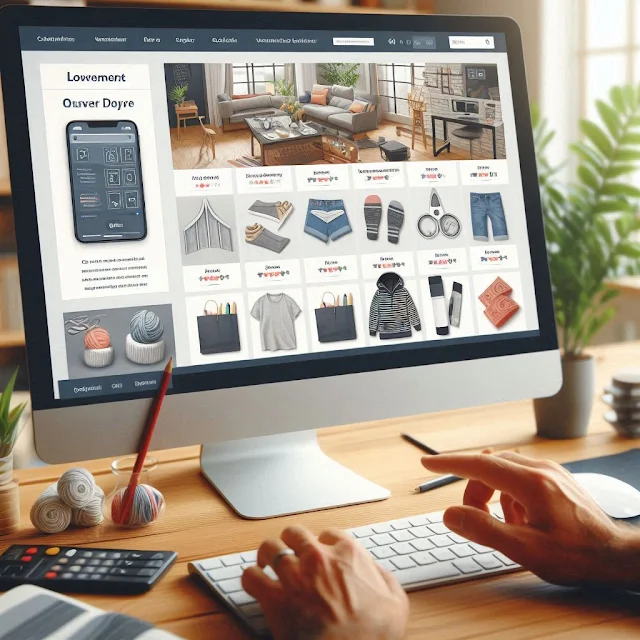Complete Beginner’s Guide to Starting an E-commerce Store
If you've been thinking about starting an ecommerce store, now is the perfect time to jump in. The ecommerce industry is booming, and with the right strategy, you can create a profitable online business. In this comprehensive guide, we'll walk you through every step of building a successful ecommerce store, from planning to launching and optimizing for growth.
Why Start an Ecommerce Store?Starting an ecommerce store is one of the best ways to take advantage of the growing online shopping trend. It provides flexibility, a wide reach, and the opportunity to build a scalable business. However, to succeed, you need to understand the fundamental steps involved in launching an online store.
Let’s dive into the step-by-step guide to starting your ecommerce journey.
1. Planning Your Ecommerce StoreBefore you start building your ecommerce store, you need a solid plan. This includes defining your niche, understanding your target audience, and deciding what products you'll sell.
1.1 Researching Your Niche and MarketSelecting the right ecommerce platform is one of the most critical decisions you'll make. Your platform will impact everything from website design to payment processing.
2.1 Popular Ecommerce Platforms to ConsiderOnce you've chosen your platform, it's time to set up your ecommerce store. This step includes designing your website, adding products, and configuring settings.
3.1 Designing an Attractive StorefrontSetting up secure payment and shipping options is crucial for providing a smooth customer experience. Here's how to do it right.
4.1 Choosing Payment GatewaysGetting traffic to your store is essential for generating sales. SEO (Search Engine Optimization) is one of the most effective ways to drive organic traffic to your site.
5.1 Optimizing Product PagesOnce your store is live, it's time to attract customers through marketing. Here are effective strategies to consider.
6.1 Social Media MarketingAfter launching your ecommerce store, analyzing its performance is crucial for ongoing growth. Use data to make informed decisions and optimize your store for better results.
7.1 Using Analytics ToolsFAQs
Q1: How much does it cost to start an ecommerce store?
The cost varies based on the platform and features you choose. You can start a basic store for as little as $100, but a fully optimized store may require a few thousand dollars.
Q2: What products should I sell in my ecommerce store?
Choose products that have a high demand, low competition, and good profit margins. Use market research to find the best opportunities.
Q3: How do I drive traffic to my new ecommerce store?
Focus on SEO, social media marketing, content marketing, and paid advertising to attract visitors to your site. Consistent engagement and promotions can also drive sales.
Q4: Is it necessary to have a blog for my ecommerce store?
While not mandatory, having a blog can help drive organic traffic, boost SEO, and provide value to your customers, making it a worthwhile investment.












Very helpful for beginners to start won e-commerce store
ReplyDelete